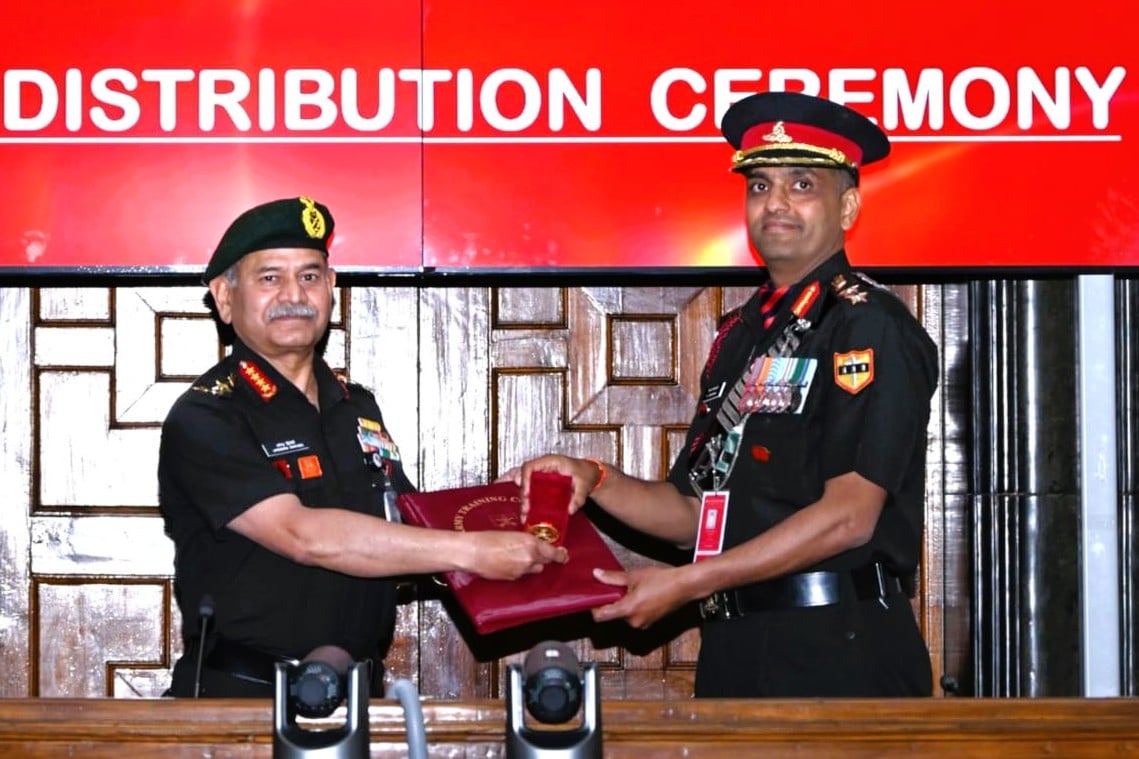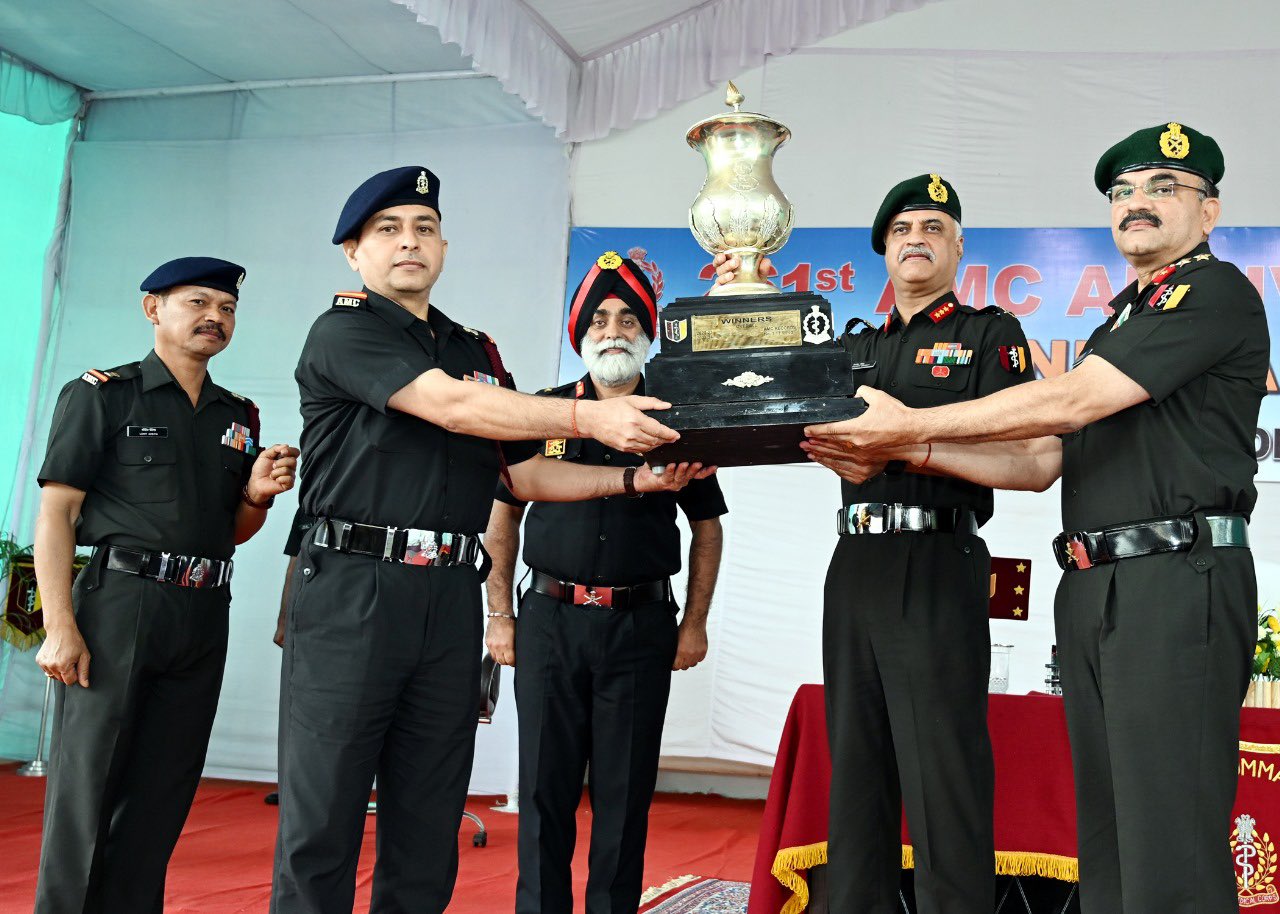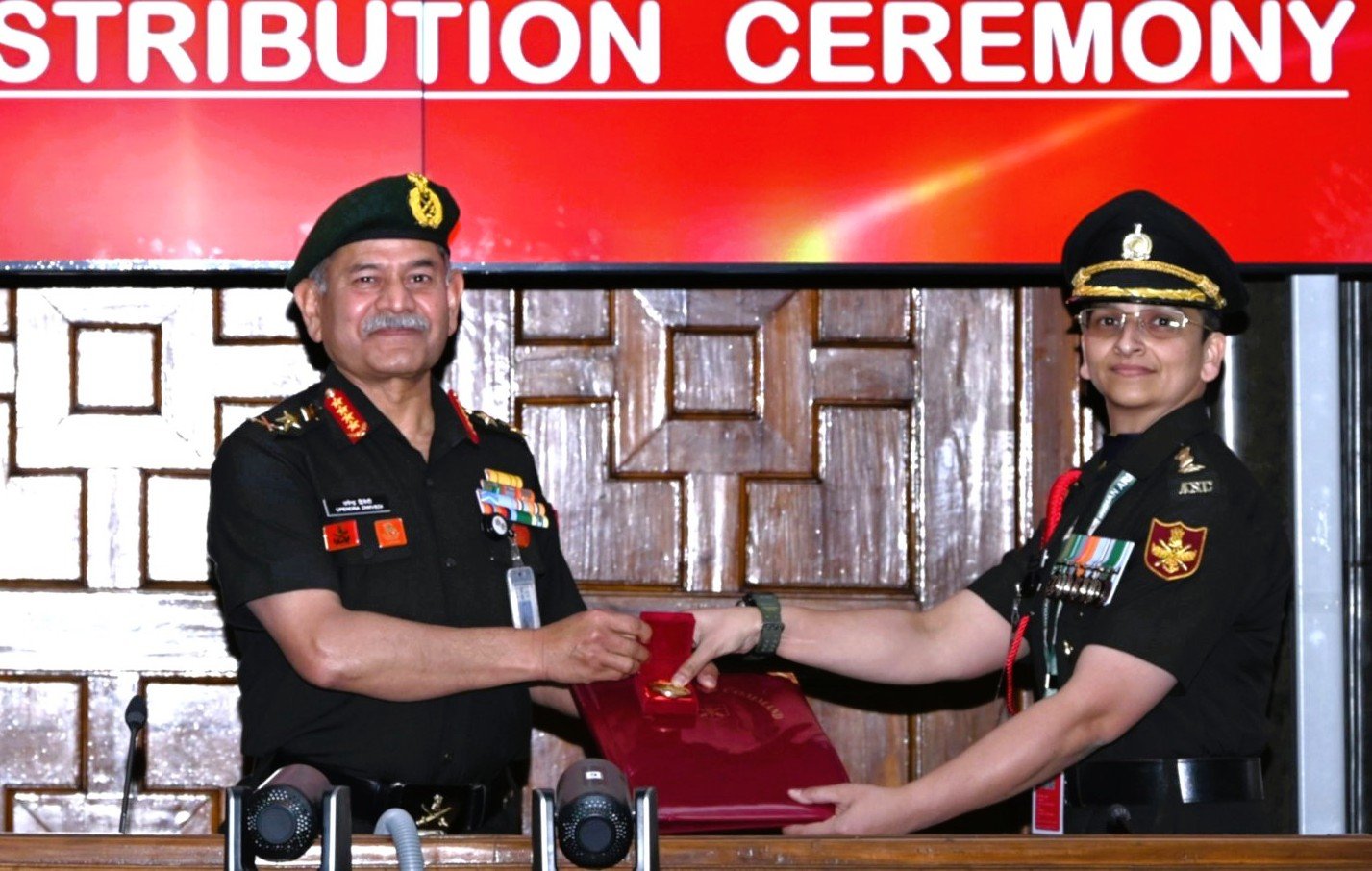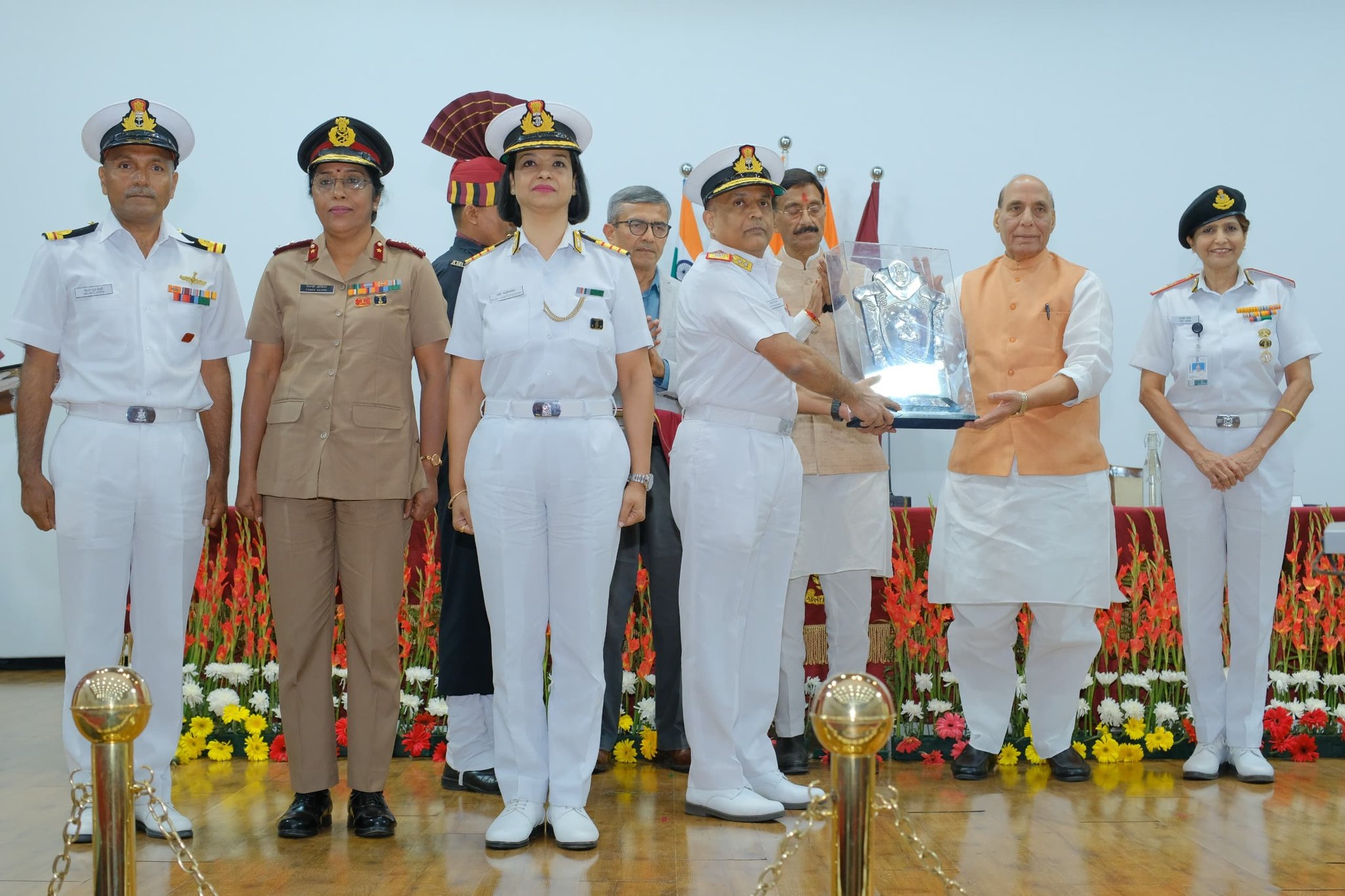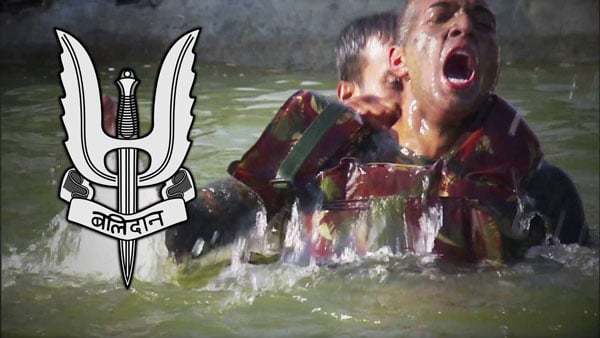In a significant development aimed at bolstering the operational capabilities of the Indian Army, the Ministry of Defence has initiated the procurement of All-Terrain Vehicles (ATVs) for deployment along the northern borders. A Request for Information (RFI) was issued on November 12, outlining the government’s requirements for these vehicles, which will enhance mobility and support various operational tasks.
The RFI emphasizes the need for ATVs to facilitate cross-country movement for infantry units, allowing for essential surveillance operations, the mobile deployment of weapons, and logistical resupply during missions. The vehicles are designed to navigate challenging terrains where conventional road infrastructure is lacking or non-existent, thereby ensuring rapid troop movement and operational flexibility in critical areas.
The document specifies that the procurement aims to identify potential vendors capable of supplying ATVs that meet a comprehensive set of operational and technical requirements. Manufacturers and Original Equipment Manufacturers (OEMs) interested in participating are encouraged to submit detailed information regarding their products.
According to the RFI, the first segment outlines the broad technical specifications that must be fulfilled. Among the mandatory features required by the Indian Army are specific operational characteristics. These include a seating capacity for a minimum of four personnel, encompassing the driver, and the inclusion of disc brakes for enhanced safety. Furthermore, the ATVs are expected to have automatic transmission and must be wheeled, aligning with the demands of diverse operational environments.
In terms of mobility, the vehicles will need to meet criteria for heliportability. The RFI states that they should be transportable by service helicopters operated by the Indian Armed Forces, such as the Chinook and Mi-26, and must include tie-down points at the front and rear for under-slung transport. Additionally, the vehicles should be capable of being para-droppable, thus enhancing their versatility in deployment scenarios.
For navigation, the ATVs are required to be equipped with a Global Navigation Satellite System (GNSS)-based navigation system that integrates NAVSTAR, GLONASS, and the Indian Regional Navigation Satellite System (IRNSS). The RFI stipulates that operators must have flexibility in managing GNSS services, allowing them to select, deselect, or block any of the available navigation systems as per operational needs.
By initiating this procurement process, the Indian government aims to enhance the capabilities of its armed forces, ensuring they are well-equipped to address the unique challenges posed by the northern borders. The RFI serves as a critical step in finalizing the specifications and identifying suitable vendors for this strategic acquisition.



